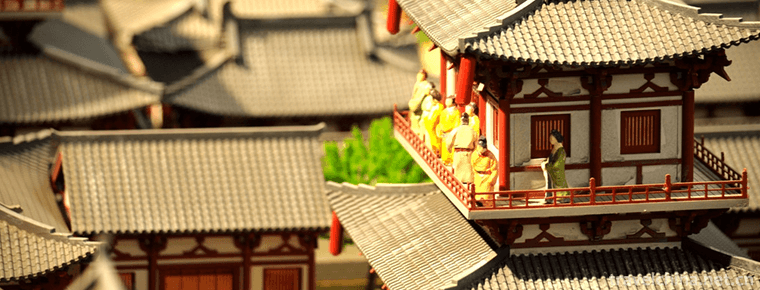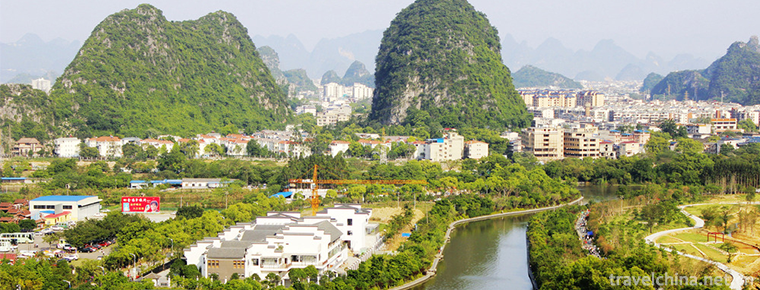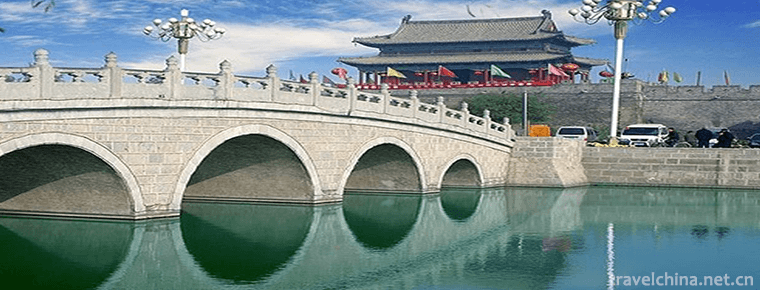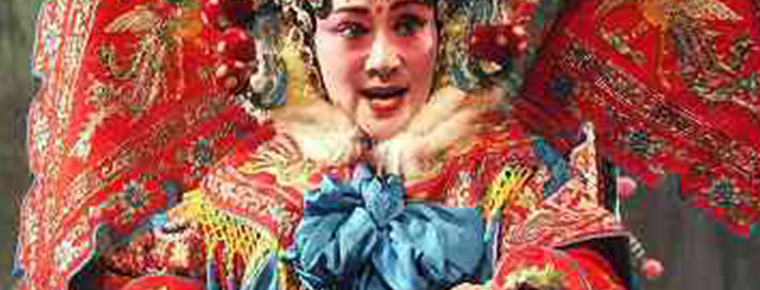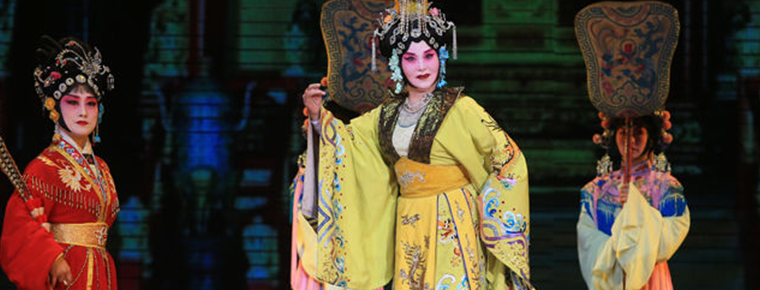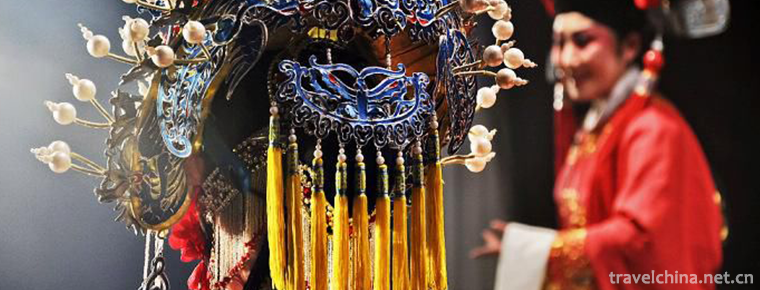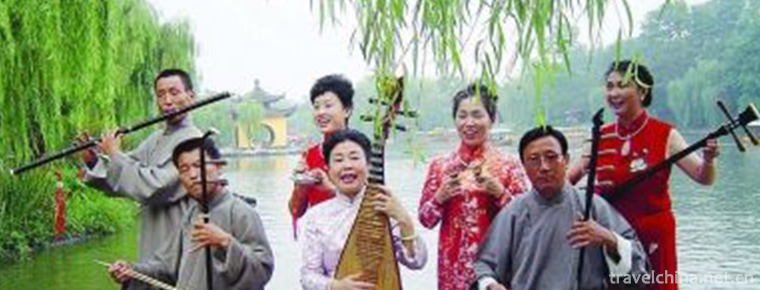Brewing Techniques of Luzhou Laojiao Liquor
Brewing Techniques of Luzhou Laojiao Liquor
Luzhou Laojiao Liquor Brewing Technology, Luzhou City, Sichuan Province, the local traditional handicraft, one of the national intangible cultural heritage.
The brewing process of Luzhou Laojiao Liquor is complicated. Luzhou Laojiao Liquor is finally brewed through 12 processes, such as selecting raw materials, crushing, mixing grain and moistening grain, mixing bran, steaming grain in steamer, picking wine, steaming and drying in steamer, mixing starter, entering cellar, sealing cellar fermentation, dripping yellow water in cellar, starting and transporting mother's grains and stacking mother's grains.
On May 20, 2006, the brewing technology of Luzhou Laojiao Liquor was approved by the State Council of the People's Republic of China and listed in the first batch of national intangible cultural heritage list, item number_-58.
historical origin
The brewing techniques of Luzhou Laojiao Liquor originated from Gujiangyang. It was gradually bred and flourished in Tang and Song Dynasties under the special historical and spatial atmosphere of the development of liquor industry in southern Sichuan since Qin and Han Dynasties. It was created, embryonic, stereotyped and mature in Yuan, Ming and Qing Dynasties. It was handed down from generation to generation and formed a unique and world-class liquor culture.
Song Dynasty is a very important period. At that time, Luzhou people had mastered the method of making wine. The liquor of that time was similar to Luzhou people's Luzhou-flavor liquor in terms of raw material selection, process operation, fermentation method and liquor taste quality. It can be said that is the root of Luzhou Laojiao. The history of Luzhou Laojiao began at that time.
The emergence of liquor in Song Dynasty opened a new chapter for the development of Luzhou liquor industry. Unfortunately, the remains of Luzhou liquor culture in Song Dynasty were destroyed in the long war. It was not until the Ming Dynasty that Luzhou, a wine city, regained its former prosperity.
In the thirteenth year of Wanli in Ming Dynasty (1586), the technology of Luzhou Daqu liquor was preliminarily formed.
Around the 14th year of Shunzhi in Qing Dynasty (1657), Shujuyuan Waste Square opened.
In Qianlong's 22nd year (1757), four more wine cellars were built, and Daqu liquor was well known. At the end of the Qing Dynasty, there were more than 600 households of white distillers'grains, and since the Republic of China, there have been more than 300 households of white distillers' grains. There are more than ten households in Daqu, aged cellars, especially Qingquan. They are famous for Wen Yongsheng and Tiancheng.
In 1949, there were 36 wineries in Luzhou. From 1951 to 1952, four joint-venture wineries, Chunhe Rong, Wen Yongsheng, Dingji and Qulian, were formed.
In 1955, four joint-venture wineries were merged to form a public-private joint-venture winery, and its first liquor factory was transformed into a local state-owned winery.
In 1960, the two factories were merged into Luzhou Qujiu Winery.
In 1990, with the approval of the Luzhou Municipal People's Government, it was changed to the present factory name, Luzhou Laojiao Winery.
Process characteristics
The traditional brewing techniques of Luzhou Laojiao Liquor include mud pit production and maintenance, Daqu medicine production and evaluation, wine picking, wine aging, blending and tasting, etc.
Luzhou Laojiao Liquor is brewed with glutinous sorghum as raw material and soft wheat as starter-making raw material. Its brewing techniques include mud cellar production and maintenance, Daqu medicine production and evaluation, original wine brewing, digging trough, flower picking, steamer steaming, stall drying, wine-telling, cave storage, blending and tasting. The fermentation period of Luzhou Laojiao Liquor is sixty days. The fermentation technology includes mixing distiller's grains and continuous residue ingredients. In addition, the strong aroma of the finished wine can be improved by using the fermentation technology of "stratified wine return" and "double bottom".
Luzhou Laojiao Liquor, named for its long-term fermentation, is the representative of Luzhou-flavor liquor in China. According to its quality, Luzhou Laojiao Daqu liquor can be divided into special, first, second and third. Luzhou Tequ liquor is the best liquor with strong aroma, mellow, sweet taste and long aftertaste.
Technological process
The technological process of the original liquor brewing in Luzhou Laojiao is mainly divided into sorghum sorghum crushing (4-6 petals of broken grain, deep digging and low releasing of mixing materials) digging grains distilling grains mixing bran steaming grains steaming wine steaming grains steaming grains steaming wine picking wine distilling wine in the distillation process. Because of the different surface tension between alcohol and water, different alcoholic degrees (alcoholic concentration) show different sizes of droplets (commonly known as hops), and the length of stay is different, so we can judge the alcoholic degrees to grasp the time of wine extraction; pinch the head and cut off the tail: in the distillation process, the first part of wine is called hop head, when the hop changes from big flower to fine flower. When flowering, pick the lower part of the remaining alcoholic liquor separately, until the outflow does not contain alcoholic liquor, pick the part called the tail.
Steam distillation from fermented grains distilled grains to be cooled ("beating stalks" to be cooled) distilled grains to mix koji medicine (drug mixing "kick hands hands") distilled grains to be fermented in cellar sealed cellar fermentation (fermented into cellar fermentation "slow, moderate, slow down down down down down down down down down") open cellar identification (open cellar identification "one look, two smell, three tastes") distilled grains to yellow water (yellow water trickling yellow water (yellow water dilution dilution cellar), stratified cellar dripping yellow water, stratified cellar, stacking cellar, stratified cellar, stacking and stacking and Bad) Shipping mother's waste Piling mother's waste Digging waste( Brewing techniques of raw wine such as batching of renewed grains, recycling of cellar, etc.
Inheritance and protection
Inheritance value
Luzhou Laojiao Liquor is the representative of Luzhou-flavor liquor in China. The production, inheritance and development of related brewing techniques are all in Luzhou City, southern Sichuan Province.
The traditional brewing techniques of Luzhou Laojiao Liquor enjoy the reputation of "living cultural relics" in the Chinese liquor industry. It is a typical example of Chinese liquor-making technology and liquor culture. Even today, it is difficult to replace them with modern technology. As a precious intangible cultural heritage of the world wine industry, this traditional skill needs to be protected and developed urgently.
Inheriting characters
Shen Caihong, male, was born in March 1966. In June 2007, Shen Caihong was selected as the representative successor of the first batch of national intangible cultural heritage projects, which was declared by Luzhou City, Sichuan Province. Project Name: Brewing Techniques of Luzhou Laojiao Liquor.
Lai Gaohuai, male, was born in February 1934. In June 2007, Lai Gaohuai was selected as the representative successor of the first batch of national intangible cultural heritage projects, which was declared by Luzhou City, Sichuan Province. Project Name: Brewing Techniques of Luzhou Laojiao Liquor.
Zhang Liang, male, was born in November 1965. In December 2012, Zhang Liang was selected as the representative successor of the fourth batch of national intangible cultural heritage projects, which was declared by Luzhou City, Sichuan Province. Project Name: Brewing Techniques of Luzhou Laojiao Liquor.
protective measures
In 1996, Luzhou Laojiao Ming Dynasty cellar group was selected as the fourth batch of national key cultural relics protection units.
In 2006, "Luzhou Laojiao Liquor Traditional Brewing Techniques" was listed as "the first batch of national intangible cultural heritage masterpieces" by the State Council.
In 2011, the Luzhou Municipal People's Government initiated the establishment of the Professional Committee for the Protection of Ancient Chinese Wine Sites of the Luzhou Laojiao Society of Chinese Cultural Heritage to strengthen the protection and research of wine cultural heritage and promote the scientific development of the protection of Chinese wine cultural heritage.
In 2013, "1573 old cellars and 16 Ming and Qing workshops, 1615 cellars and 3 major wine storage caves" in Luzhou Laojiao were listed in the seventh batch of state key cultural relics protection units and in the "Preparatory List of China's World Cultural Heritage".
In 2018, the Luzhou Municipal People's Government promulgated the Regulations on the Protection and Development of the Historical and Cultural Heritage of Luzhou Liquor to protect the old cellars, old workshops, wine storage spaces and technical representatives of traditional brewing techniques.
The Luzhou Laojiao Museum, founded in 1991, was a Provincial Museum in 2008. In October 2018, it held a cultural co-construction signing ceremony with Jilin Provincial Liquor Culture Museum, aiming at spreading the liquor culture of Luzhou Laojiao and inheriting the brewing techniques of Luzhou Laojiao Liquor.
social influence
Important exhibition
In 1915, Luzhou Laojiao Liquor selected typical wines to participate in the International Exposition held in Panama Wan, and won the Gold Prize. Since then, it has gained international fame.
In 1990, a special song of Luzhou Laojiao was exhibited at the International Food Exposition in Paris, participated in the evaluation of many famous wines, and won the gold medal in the last move.
Honorary commendation
In 1915, Luzhou Laojiao Wine won the Panamanian Gold Medal at Panama World Expo.
In 1990, Luzhou Tequ of Luzhou Laojiao Liquor Series won the Gold Prize at the International Food Exposition in Paris.
In August 1992, Luzhou Tequ won the gold medal at the Russian Food Exposition.
In 1992, Luzhou Laojiao Wine won the gold medal at the Pacific Expo in Los Angeles, USA.
In 1992, Luzhou Laojiao Wine won a special gold medal in Budapest, Hungary.
In 1994, Luzhou Laojiao Wine won a special gold medal at Panama World Wine Exposition.
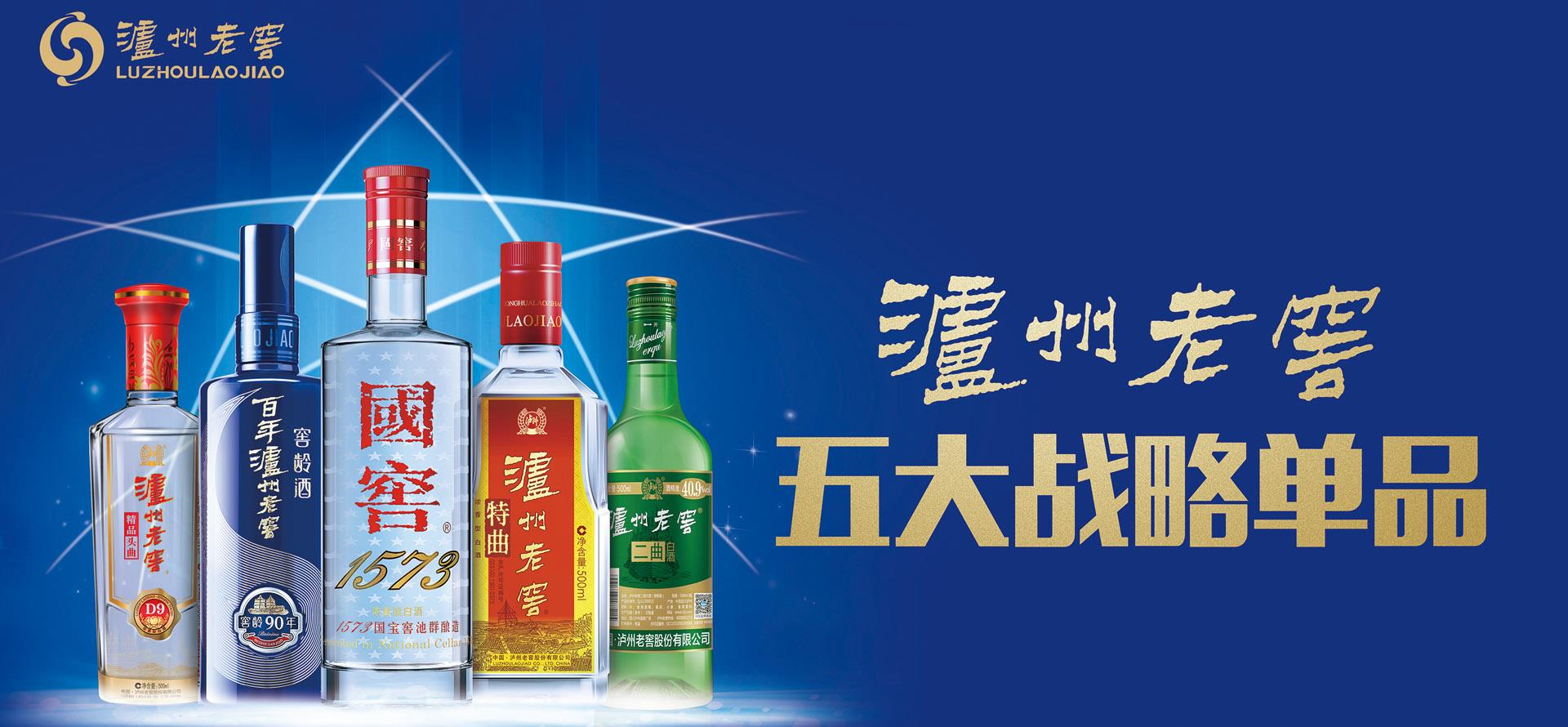
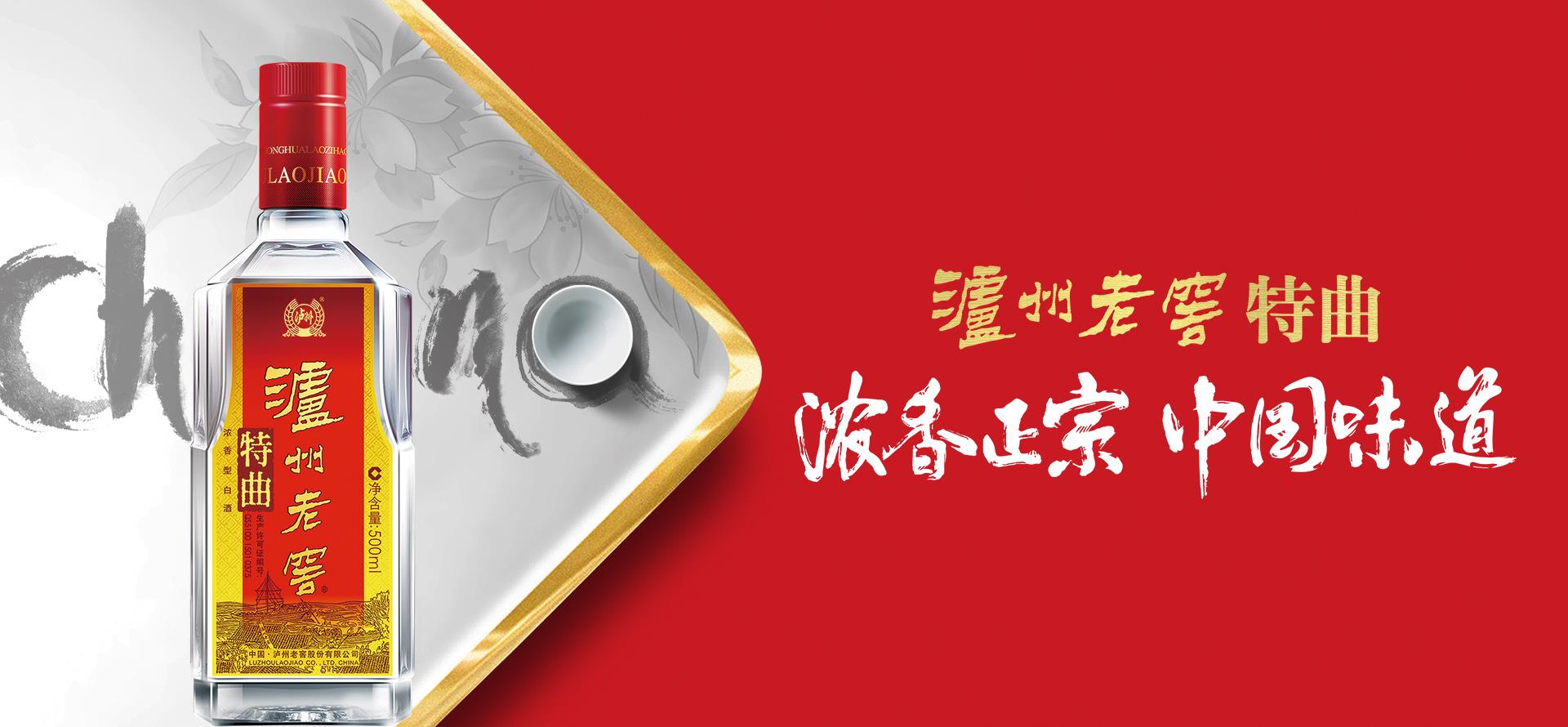
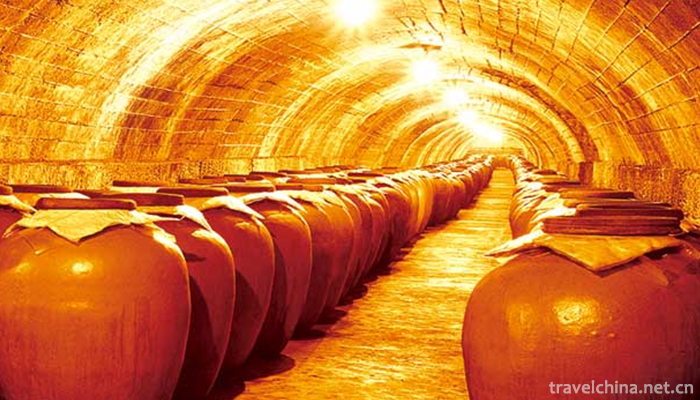
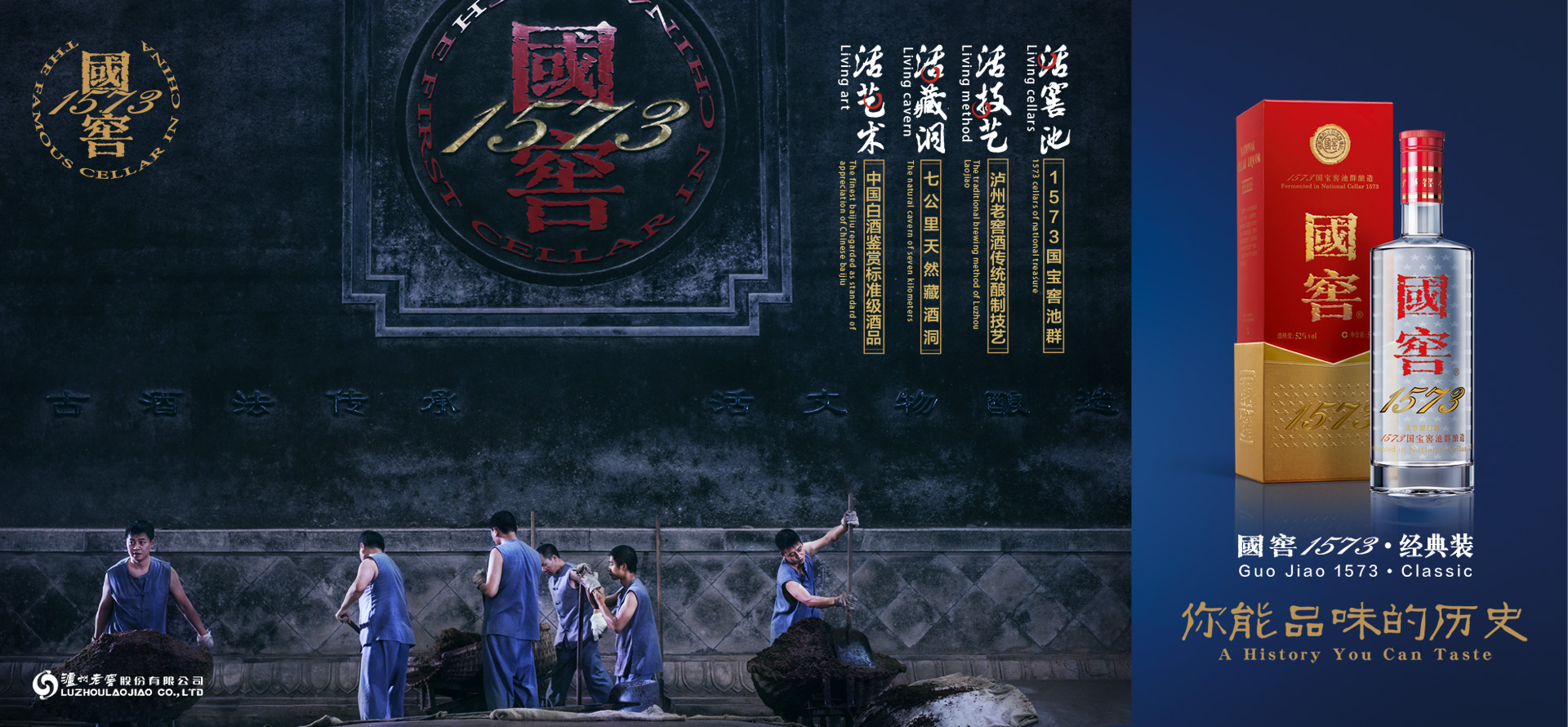
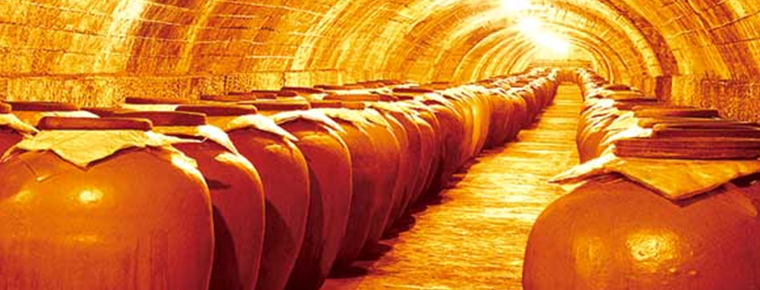
Brewing Techniques of Luzhou Laojiao Liquor
-
Steamed Abalone with Sharks Fin and Fish Maw in Broth
Buddha jump wall, and the name of the altar full of fragrance, Fu Shing, is a famous local cuisine in Fuzhou, Fujian, belonging to the Department of Fujian cuisine. According to legend, it was develop
Views: 357 Time 2018-11-02 -
Guyuan Northern Dynasty Sui and Tang Dynasties Cemetery
The tombs of the Northern Dynasty and Sui and Tang Dynasties in Guyuan are located in Xiaomazhuang, Yangfang, Shengou, Dabao, Wanglioba, five natural villages in the West and south suburbs of Yuanzhou
Views: 132 Time 2019-01-12 -
Conch Valley Scenic Area Hailuogou
Hailuogou is located in Moxi Town, Luding County, Sichuan Province, on the eastern slope of Gongga Mountain. It is a very high mountain area on the eastern edge of the Qinghai-Tibet Plateau. Located a
Views: 109 Time 2019-01-13 -
Jiangwan Scenic Area of Wuyuan
Jiangwan Scenic Area is located in the northeast of Wuyuan County, Jiangxi Province, Shangrao City. It is an ancient village with rich Huizhou culture. Up to now, the village has preserved a large num
Views: 228 Time 2019-01-21 -
Shangqiu Ancient Culture Tourist Area
Shangqiu Ancient Culture Tourist Area is located in Suiyang District of Shangqiu City. Based on Shangqiu Ancient City, the area of 12.6 square kilometers is covered by Guidefu City
Views: 129 Time 2019-02-08 -
Huaibei Bangzi Opera
Huaibei Bangzi Opera originally named Shahe Diao, also known as Shahe Bangzi, Anhui Bangzi Opera, and Henan Henan Henan Opera belong to a different genre, is popular in Anhui Province
Views: 168 Time 2019-05-04 -
Huai Opera
Huai Opera, also known as Jianghuai Opera and Huai Opera, is an ancient local opera. It originated in Huai'an City, Jiangsu Province, and Lixia River, Yancheng City, and originated in modern Shanghai.
Views: 238 Time 2019-05-04 -
Yanbei Playing with Children
Yanbei children's play, also known as cough cavity, is popular in Datong City, Shanxi Province and its surrounding traditional drama, one of the national intangible cultural heritage.
Views: 183 Time 2019-07-10 -
Yangzhou Qingqu
Yangzhou Qingqu, also known as "Guangling Qingqu" and "Weiyang Qingqu", is a form of Musical Singing developed on the basis of popular songs and minors popular in Yangzhou during t
Views: 152 Time 2019-07-10 -
down the mountain Yao Bu Yao Mai Cai Tik Tok Songs 2020 Hot Songs
"Down the mountain" is composed by Zhu bin. Yao Bu Yao Mai Cai to sing. It was released on November 22, 2019
Views: 156 Time 2020-05-21 -
Wuliangye distillery
Wuliangye Group Co., Ltd. is located at the intersection of Jinsha River and Minjiang River, the first city of the Yangtze River -- "Jiudu" Yibin. It is a modern corporate group with Wuliangye series liquor production as its main business
Views: 340 Time 2020-10-16


